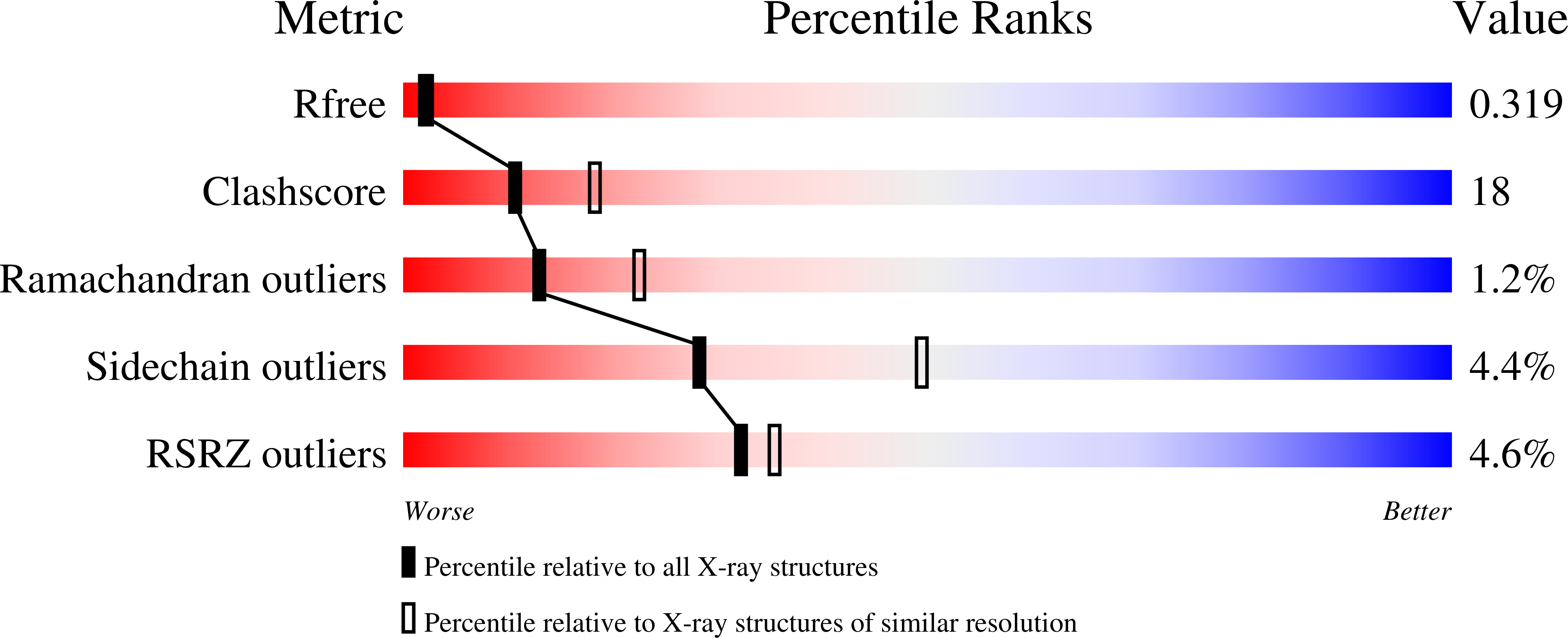
Deposition Date
2009-06-04
Release Date
2009-06-30
Last Version Date
2024-11-20
Entry Detail
PDB ID:
3HPN
Keywords:
Title:
Ligand recognition by A-class EPH receptors: crystal structures of the EPHA2 ligand-binding domain and the EPHA2/EPHRIN-A1 complex
Biological Source:
Source Organism:
Homo sapiens (Taxon ID: 9606)
Host Organism:
Method Details:
Experimental Method:
Resolution:
2.52 Å
R-Value Free:
0.30
R-Value Work:
0.23
R-Value Observed:
0.23
Space Group:
P 1


